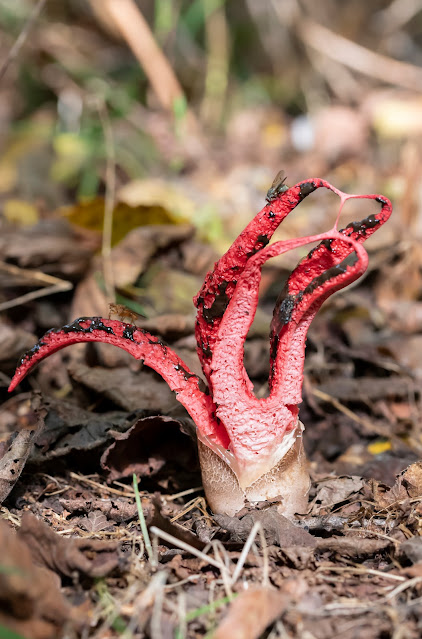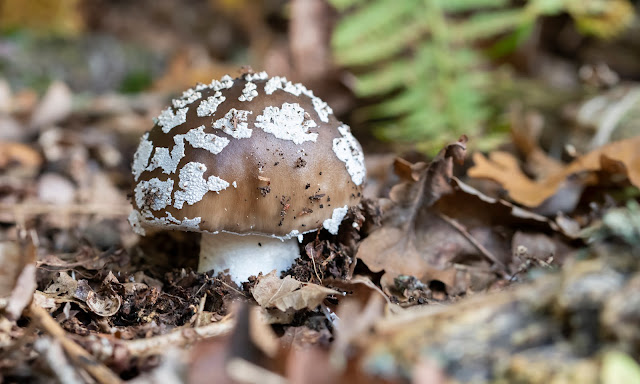I'm always keen to find new creatures to see and photograph.
Beetles make up a huge group and are somewhat neglected by myself, although when one is found that I don't recognise I do try to find out if it could be a species that is perhaps scarce or even rare.
This happened in this past week when I went out to check the moth trap and spotted a strange beetle on the patio windows. I potted it up to investigate it further in the daylight the following day. Once I had photographed it I could get down to trying to work out what it was, but scrolling through several sites on the net with no luck I resorted to sending the photo to Bob Foreman from the Sussex Wildlife Trust, and as it happened he was halfway through writing an email to Graeme Lyons who records and monitors beetles among many other things. Graeme immediately knew that it was an Oedemera femoralis, which is a Nationally scarce species with around 50 Sussex records and not many more than 200 in the whole of the UK.
%20-%20Copy.jpg)





















